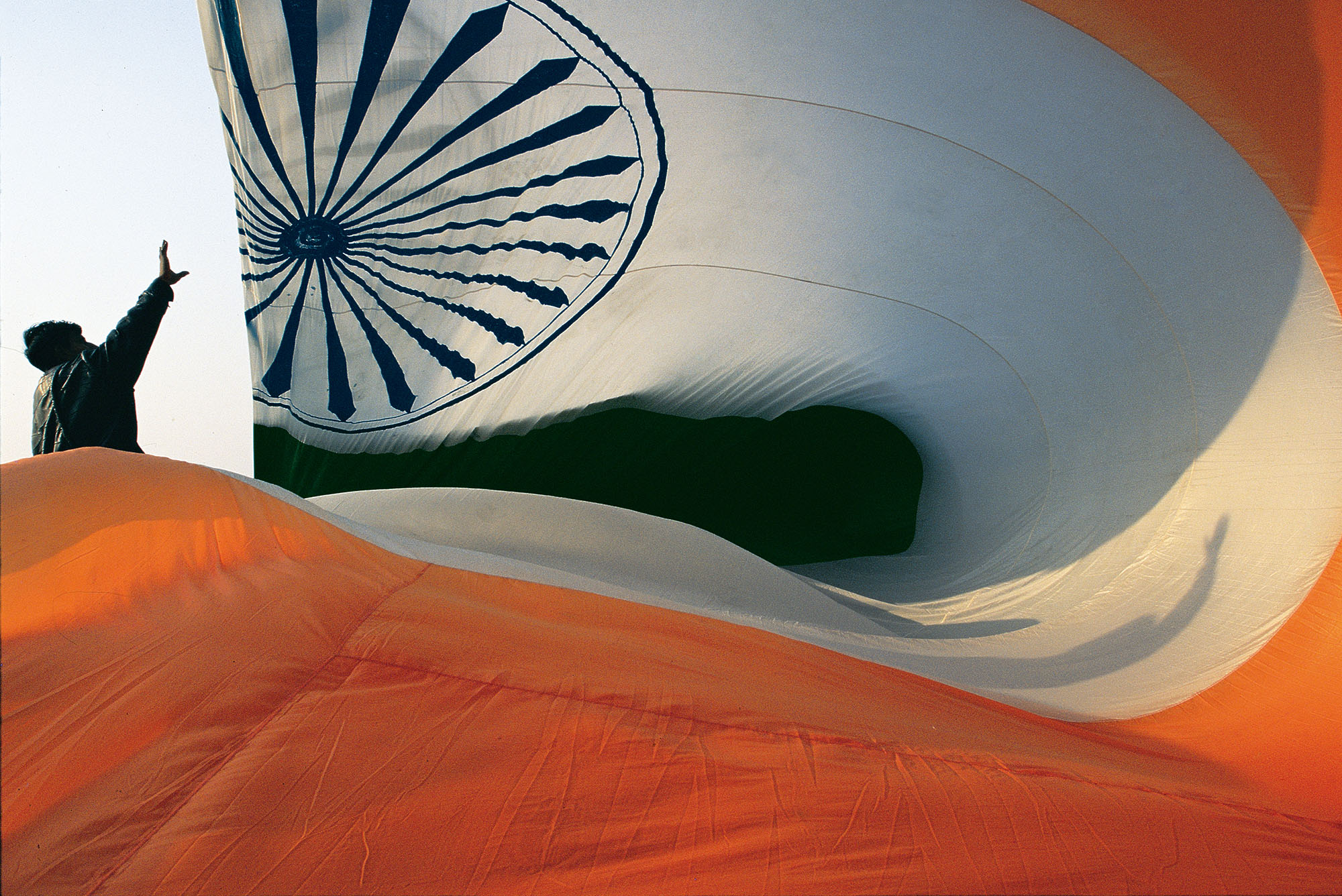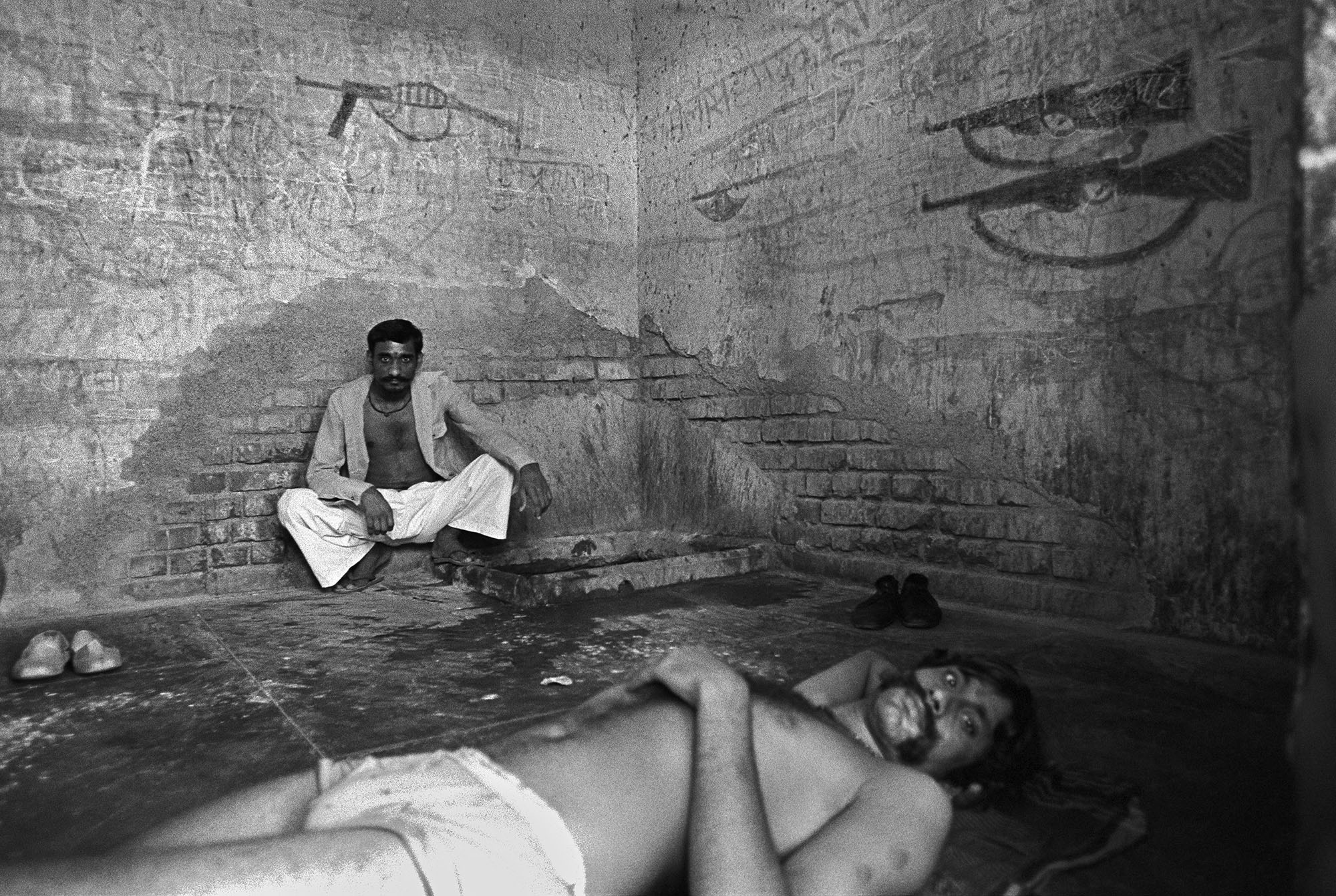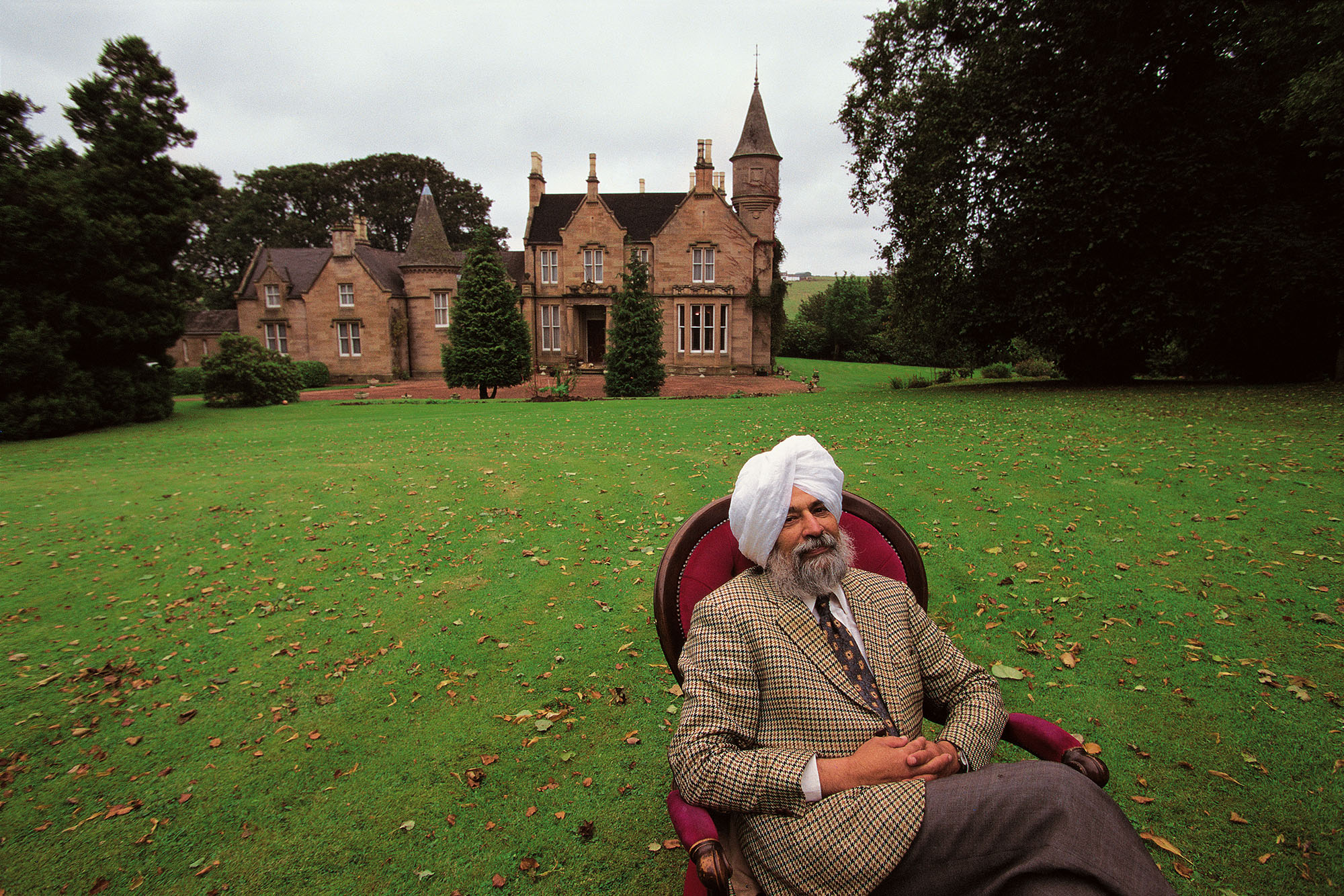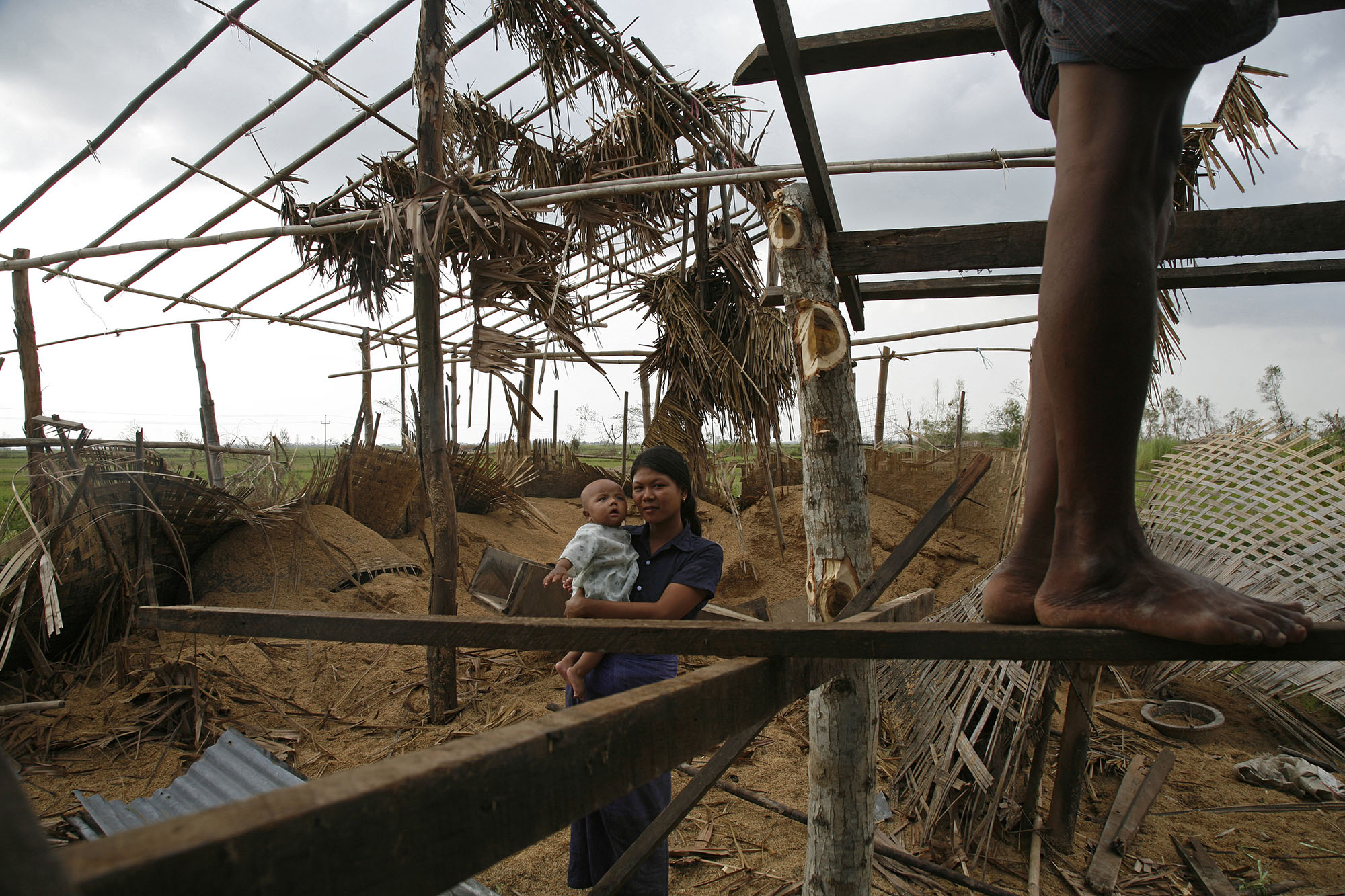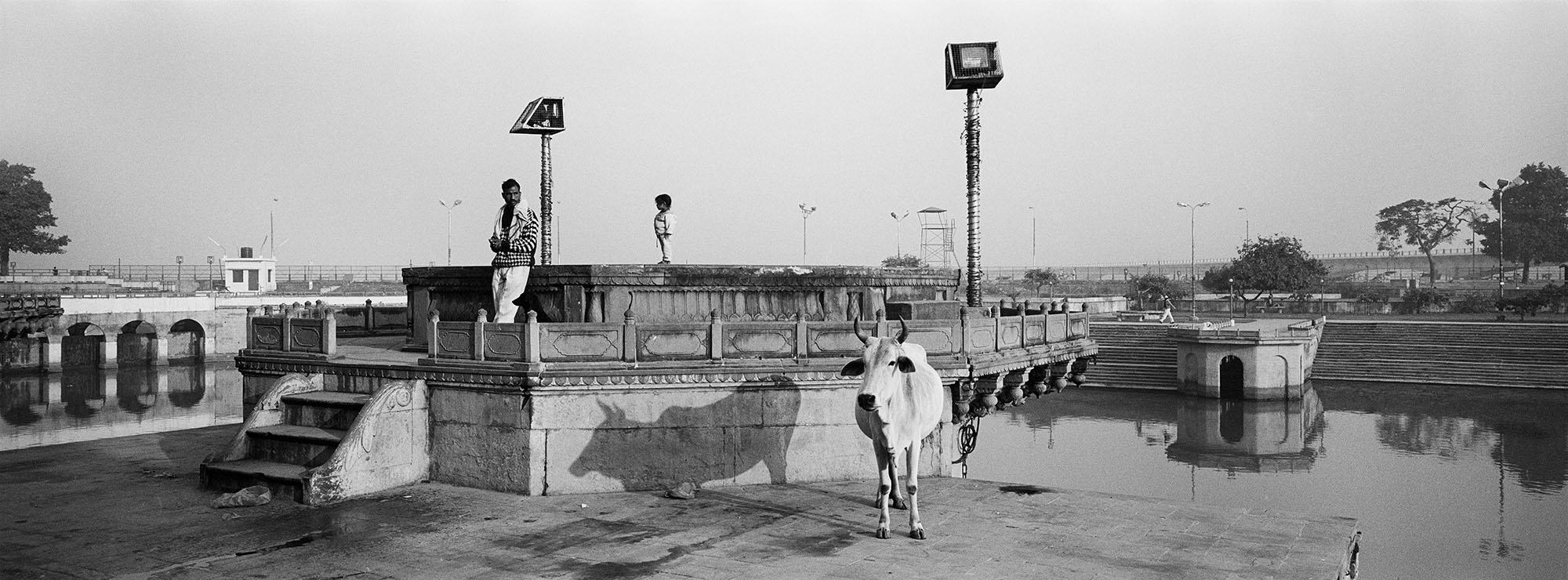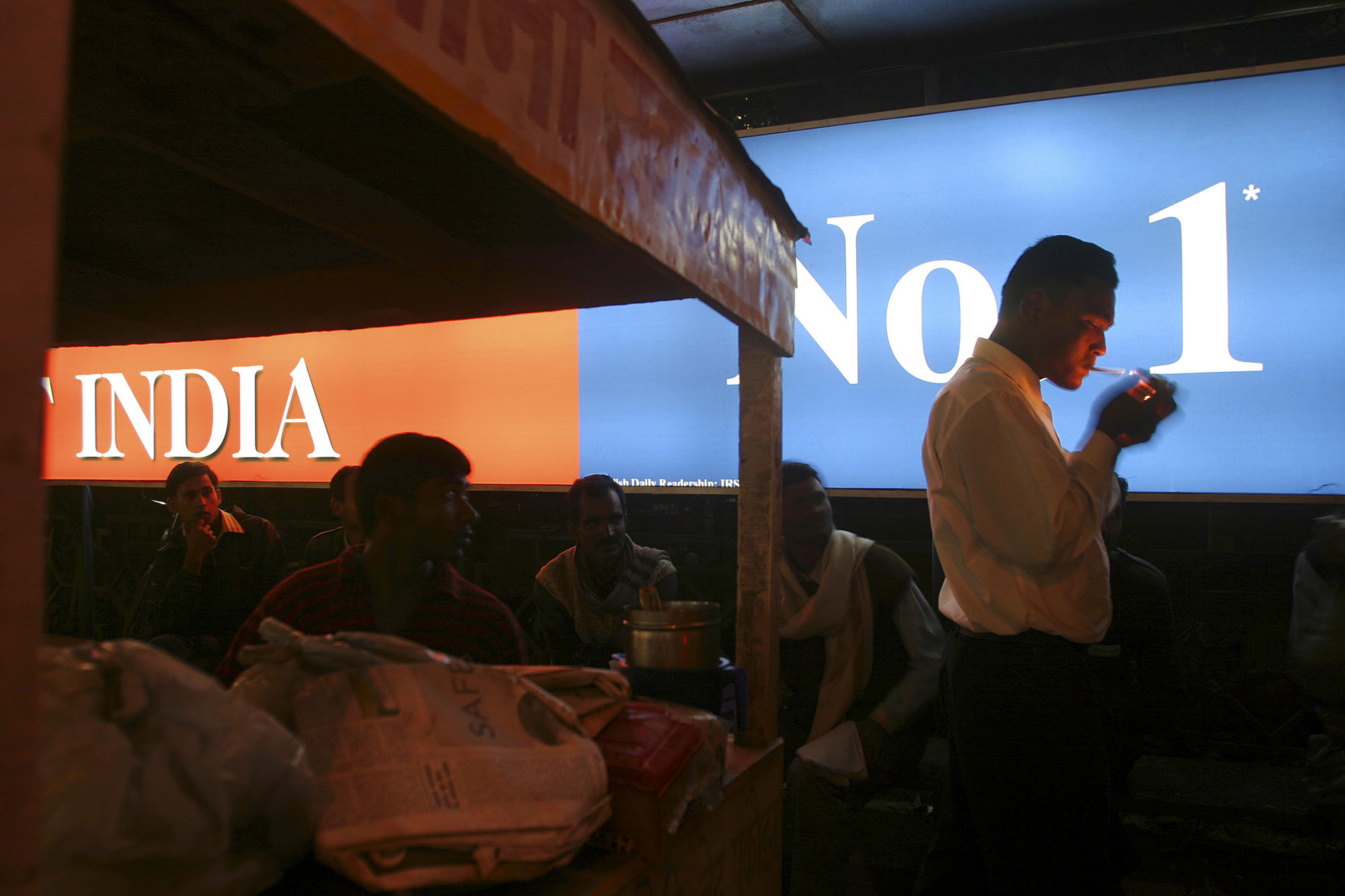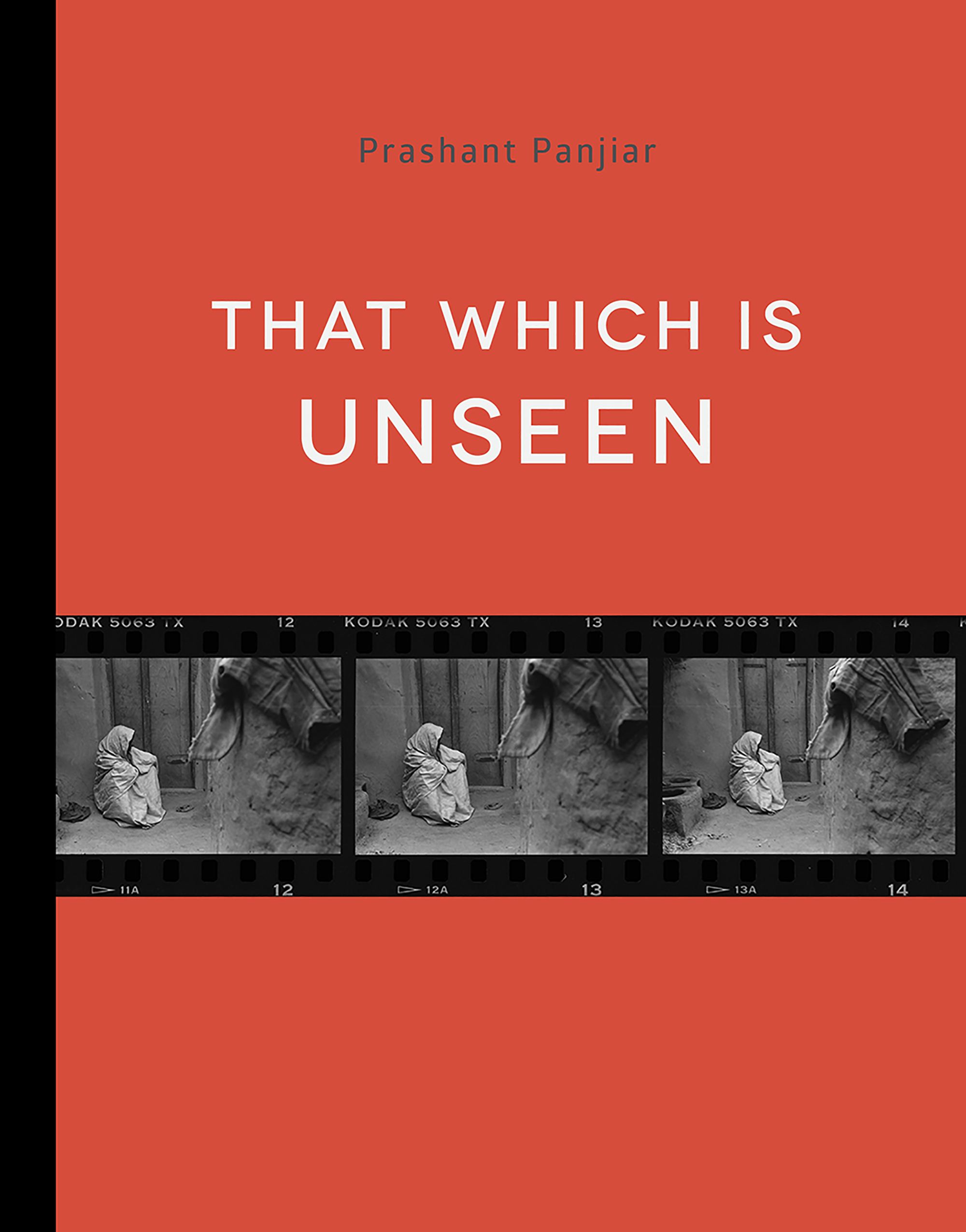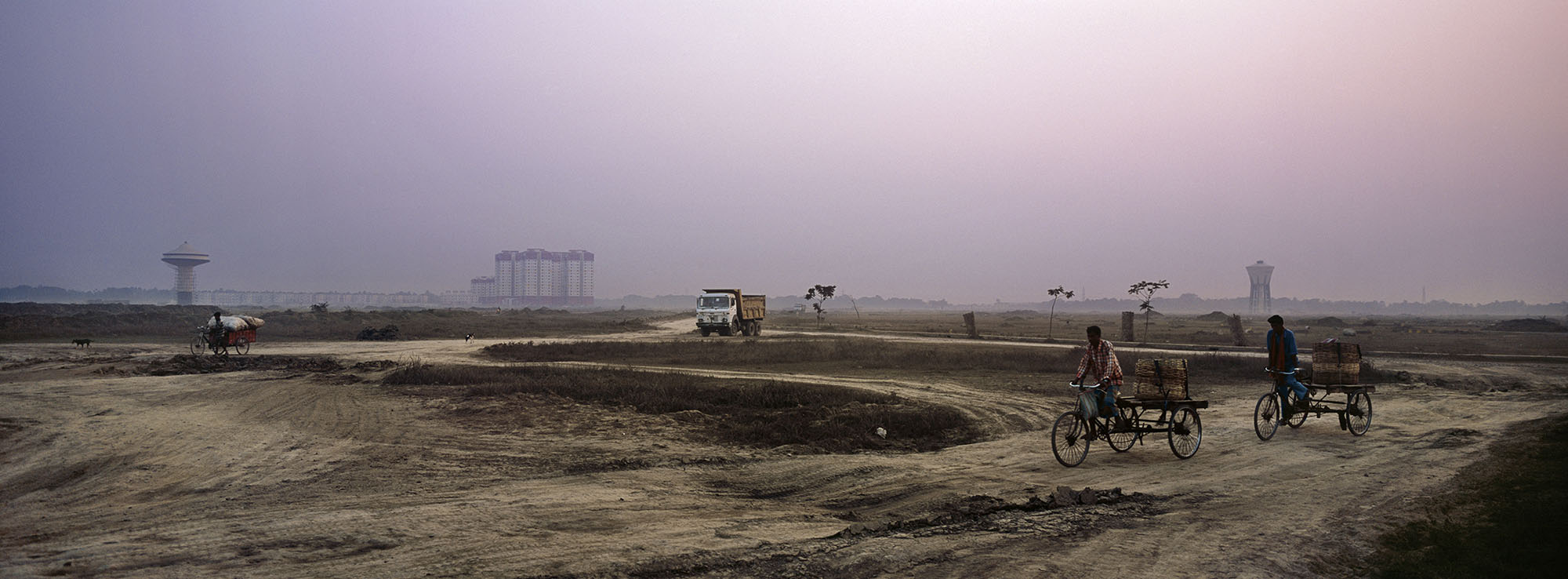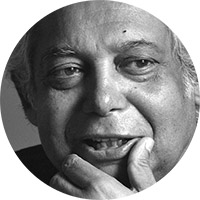Photography arrived in India around the same time when it was invented in the 1850s. The earliest practitioners were British since India was their colony. Their early ‘documentary’ work of military conquests and the British Raj was based purely on patronage. Some set up very successful commercial studios and a few Indian photographers also set up shop. Some of these early Indian photographers went beyond the studio, travelling to the India princely states for commissioned portraits and also documented the architecture and land for them. One such well-known photographer was Lala Deen Dayal. In a way you could perhaps call this the early documentary photography in India.
In the wake of the freedom movement, we started seeing Indian photographers working in the newspapers and documentary photography. Mahatma Gandhi’s life was most intimately chronicled by his grandnephew Kanu Gandhi. Another big figure, Kulwant Roy, was responsible for iconic images from the Indian independence movement.
Soon, the press corps made up of Indian photographers was born.
To begin with photography in India was heavily influenced by pictorialism including early photojournalism.
The history of photography in India is very complex and I do not know much about the early phase in India. I remember in the first few years; newspapers did not give bylines to people. In the 1960s, Kishore Parekh joined the Hindustan Times and brought a new sense of modern photojournalism. He had a rangefinder camera and brought a different sensibility and influenced few others in the industry.
In the 1980s, a lot of changes took place for journalism in India. Offset printing had come in. When I joined the Patriot newspaper in 1984, we had a modern photo-type setting which led to a drastic improvement in the print quality.
During that time, magazines such as India Today and Sunday had strong editorial independence. There were no interference with newsgathering. A lot of attention was given to the ethics and dynamics of journalism. There was a strong code of conduct and we followed the journalistic processes of fact-checking.
By 1986, I joined India Today, and the photo department was led by the legendary Raghu Rai. He is one of the big figures in India. I was very lucky to have joined at the right time. For many years, we had special editions and ten-page spreads in the magazine for photographs occasionally, something unheard of before.
Soon after leaving India Today, I joined Outlook when it was started in 1995 and then continued working there until 2001.
Photojournalism in India was born with the Independence movement and grew with a newly born country from 1947 onwards. But it was actually between the 60s and the 80s that photojournalism really advanced. This was the “Age of Rebellion”, an ideological phase when most people were concerned about the other.
The decline of photojournalism in India began in the “Age of Conformism”. Through the late 1990s and early 2000s, with the decline of ideology, conformism took over. During this time, the middle and upper-middle class became more inward-looking. People became more worried about their personal finances, faith, and lives. And today not only photojournalism, but journalism itself is under threat from the regressive right-wing that dominates our society.
In the 90s, with the arrival of satellite television, news channels could publish information without verifying. It became very easy to correct reporting on the television. This was not possible for print media. Soon, editors started insisting on why photojournalists could not imitate how satellite television covered the news in a more hysterical manner.
All these factors combined lowered the value of photojournalism. This resulted in the need to produce immediate images where a lot of times people’s emotions, feelings, and context are removed.
By the late 2000s, with the decline of photojournalism in print, a new style of photography emerged in India that was not defined just by events, but brought in an element of documentary, artistic and personal vision. Luckily this ‘new’ photography is now being recognized.

